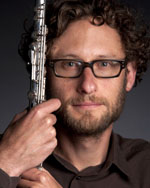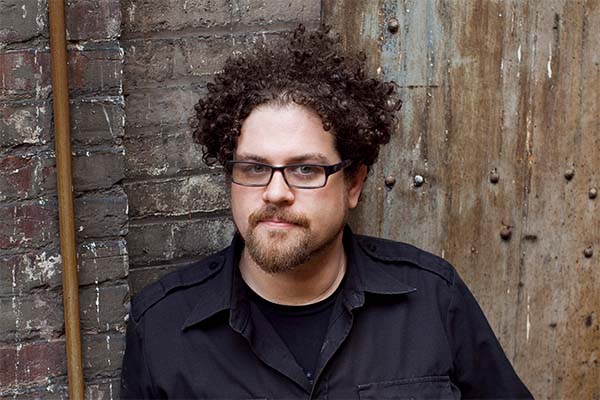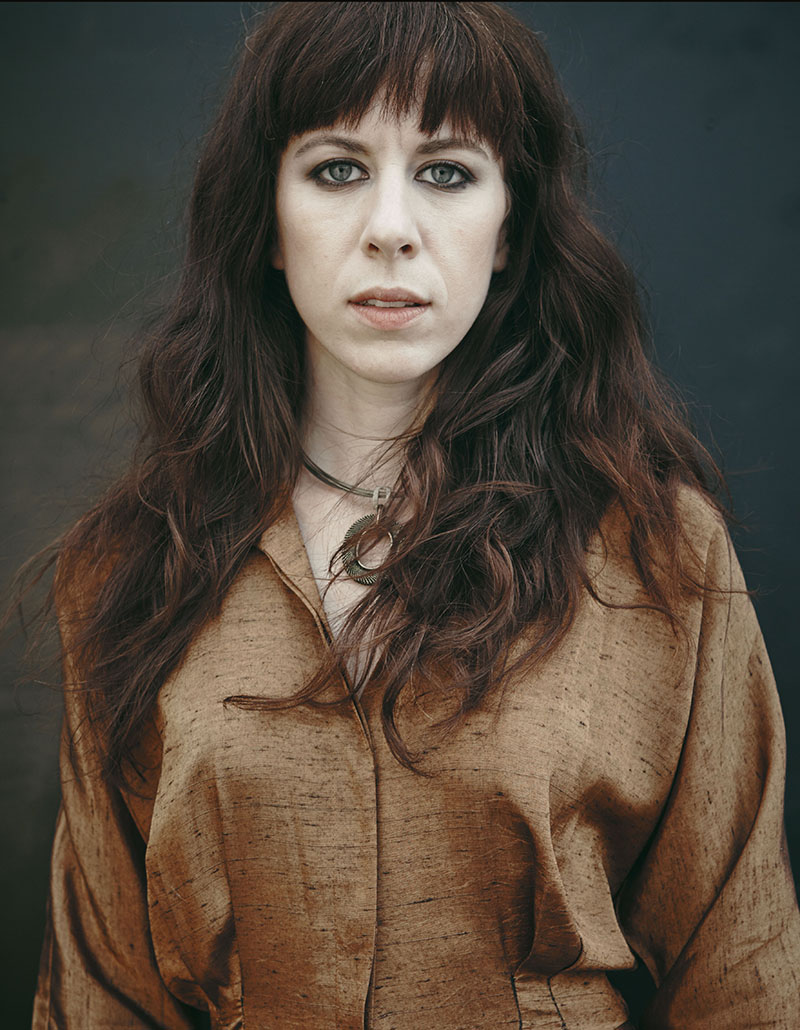By Ricky O’Bannon
There is often a tension between the artists creating new music and the journalists or marketers searching for the vocabulary to describe it.
For composers and musicians, labels can be limiting. They usually aren’t coined and settled until after a musical movement is past, but they stick around long after they would have been useful. A new genre name or buzz phrase can focus in on the few links between distinct artists’ music while glossing over their sometimes-profound differences, making odd bedfellows.
Worst of all, if a listener hears one composer of post-minimal-techno-existentialism — not actually a thing, but maybe it should be — and decides they don’t like it, they might steer clear of every composer a critic paints with that same genre brush. Composers might feel kinship or even a shared place in a larger musical moment with peers who have similar ideas, but they all want to be judged for their individual musical voice.
For journalists, marketers, musicologists, fans — really anyone trying to talk about new music — those same labels can useful. While they often fall short, they aspire to place a composer or single piece in a larger context. For music fans considering going to a concert, they might give some expectation of the process or sound world the music inhabits. For music fans leaving a concert, in the modern Internet age, they also act as Google-able bread crumbs so that a fan can use to discover more music similar to a piece they heard and responded to.

Tim Munro serves as principal flute for the Cabrillo Festival Orchestra and was a long-time member of the Chicago-based eighth blackbird, an ensemble dedicated to performing new music. For Munro, the challenge of language comes from the very fact that contemporary classical music — and even the term “classical” is a linguistic compromise of least-bad options — is such a varied field that has opened up significantly in recent decades to allow for almost any type of sound world.
“There is any and every possible collaborative thing in this exciting melting pot,” he said. “The difficult thing is that because that is the case, there is almost no context for what we’re presenting. When you play music that comes from everywhere, where every piece is a completely different thing and completely unrelated to thing that comes before and after it, how do you frame that? That’s [actually] an incredibly difficult thing for us as artists to deal with.”
In some ways, contemporary classical music’s greatest strength — its variety and openness to new sounds from across the world and willingness to embrace ideas from so-called high- and low-brow origins — causes it to be a place where it is hard to apply labels or define movements. And for the lay listener, it might be difficult to navigate that field without those guideposts.
One solution is to follow a trend in popular music that prefers increasingly niche subgenre names to large, imprecise genre umbrellas. Munro pointed out that the heavy metal world has splintered to embrace subgenre names for everything from funk or speed metal to strangely specific names like blackened death or doom sludge metal.

The problem is that even subgenre names that refer to only a handful of artists can force a false framing on that music, which is not welcomed by the musicians and composers involved. Take for example the term “indie-classical,” which has been often used to describe several of the composers involved with the 2015 Cabrillo Festival like David T. Little, Missy Mazzoli and Nico Muhly. Indie-classical has gotten traction in recent years to describe a breed of young composers who draw on their experience and love of pop or rock music, who might collaborate with musicians from that rock background and who seem to be as comfortable writing a piece for the concert hall as they are for a bar or rock club.
“I never minded it as long as it was describing how we were doing what we were doing and not what it sounded like,” Little said. “And I think the problem is it has come to define a sound, which I don’t feel is relevant.”
The issue for Little and others is that the label tends to focus on a single part of a composer’s musical diet to build expectations for what their music will be while ignoring everything else. Little incorporates ideas from his love of rock music, but he’s also currently studying spectralism and English modernism — all of which might find a place in his music in one form or another.

“It’s all in the pallete that I draw from,” said Mazzoli. “Pop music is a part of that, but that to me is like saying I drink water. I’m 34. I grew up driving around in the ’90s in a car, so of course pop music is going to be part of my life. It’s everywhere.”
What can be frustrating for composers like Mazzoli is the term puts their work in a box, and doesn’t accurately reflect the fact that their music continues to change.
“I think we should stop the obsession with trying to reduce it to a one-word label or a hyphenated term that will magically encapsulate what everyone is doing,” she said. “I’ve been thinking about this for 15 years, and I’m no closer to figuring out what to call my music than I was at the beginning. In fact, I’m further away. As I get older I’m embracing more and more [influences] all the time. I feel like at one point it would have been accurate to call it some sort of indie-classical hybrid, but I’ve moved away from that — and maybe I always was away from that.”
The answer for Mazzoli on what to call her or her peer’s work is to just talk about and describe it without relying on fixed labels for ever-changing music.
Wrapped up in the term “indie-classical” is an unspoken hope that just maybe composers who don’t see traditional barriers between genres when looking for inspiration might bring fans along with them to the concert hall from those genres. And while in some cases that may happen, Munro said that shouldn’t be the hope or purpose behind a label.
“Just like Telemann couldn’t be less like Polish folk music or Bartók couldn’t be less like Hungarian folk music in the sense that they’re closer to the classical tradition than the music they’re inspired by, the music today that is influenced by all sorts of popular music or non-western music is much closer to Beethoven [or] Ravel than any of the music draw ideas from,” he said.
Munro’s brother is an indie rock singer in his native Australia, and Munro said he’s played a lot of classical music over the years that drew on ideas from rock or pop for his brother.
“He always says, ‘It just sounds like classical music,’” Monro explained.
And that isn’t a bad thing. In the end, our need to find terms and vocabulary to describe what is going on in contemporary music might also be a good thing because it reveals a collective excitement that artistically interesting things are happening in the field. When we in the audience hear something new that excites us, we want to explore more. We want to hear more and find out what ideas or styles were behind music that spoke to us, and that often means looking for language to describe it or terms that might lead us to discover more music in a similar vein.
In some cases there might be terms that capture a musical moment in time when a handful of composers channeled similar muses or influence one another. But we should also allow those terms to be short-lived when they no longer are useful to us or the composers. It might not always be easy, but as Mazzoli said, we should continue to talk about music that grabs us and try to describe it without worrying too much about fixed terminology. To do otherwise would be like trying to finalize a title for a book that’s unfinished. One day musicologists will sort the labels out, but until then there is a lot of great new music to explore.
